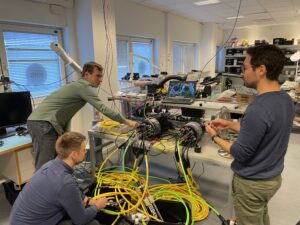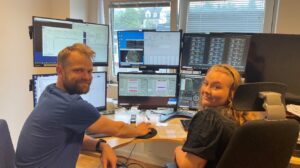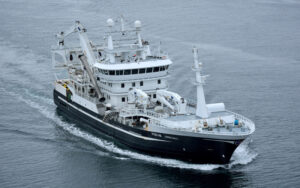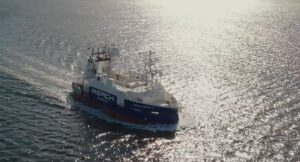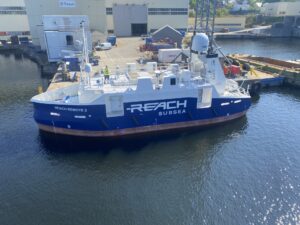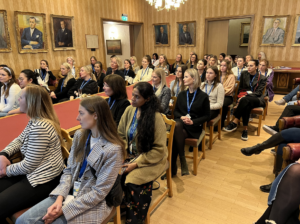DepthWatch for seismic nodes
Measuring relative depths is a complex physical problem. Lateral, vertical and temporal variations in water properties limit the accuracy of methods based on pressure or travel time of sound waves. Sensor drifts and sensitivity to external conditions introduce further operational challenges. As a result, the vertical position of seismic nodes is typically reported by OBN contractors with accuracies in the order of a few meters.
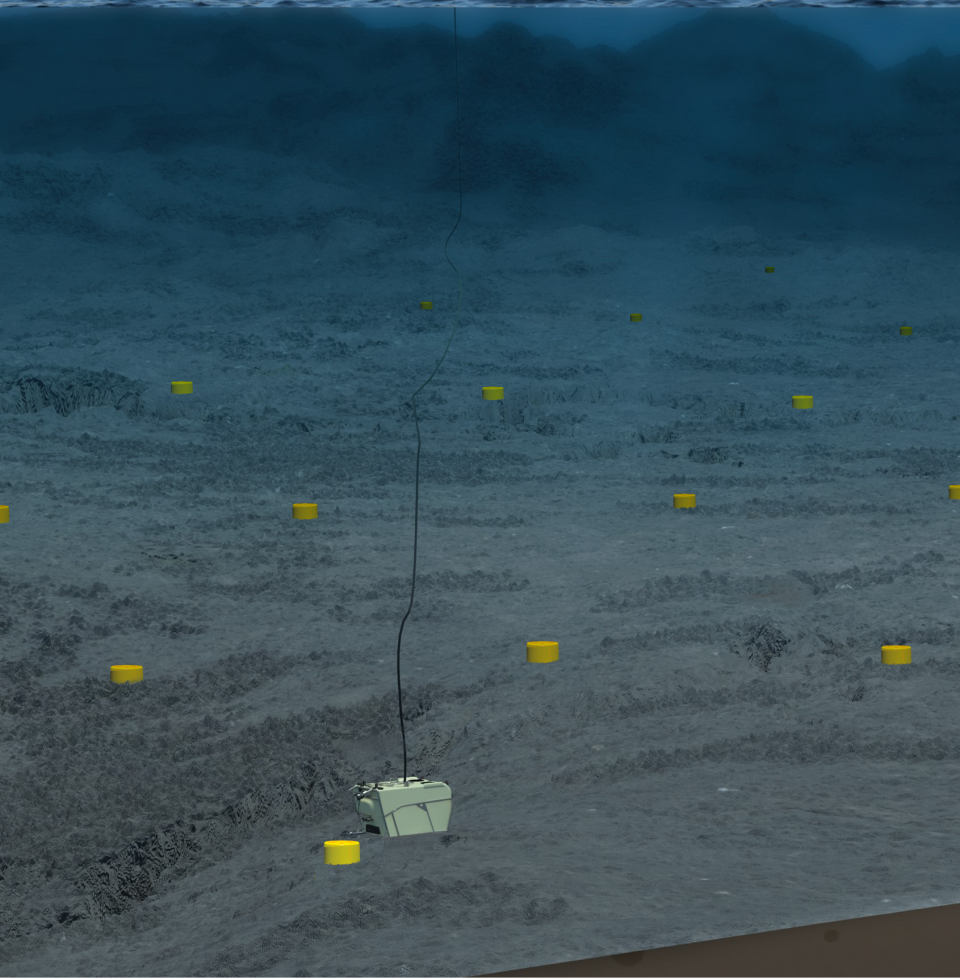
The DepthWatch technology
Reach Subsea Monitoring’s patented DepthWatch technology has been used for decades to monitor vertical deformation of the seafloor over hydrocarbon producing fields. The technology is being used periodically in the largest gas fields in Norway.
Benchmark field measurements demonstrate an absolute accuracy of a few millimeters in monitoring seafloor subsidence, over periods of several years.
DepthWatch is based on water pressure measurements. The accuracy obtained is orders of magnitude better than the specification for the top-class pressure sensors utilized. The key to this unique accuracy is the patented operation and processing procedures and the instrumentation that provides an optimal working environment for the sensors.
Recent developments in DepthWatch have allowed to drastically reduce the time required for acquiring precise depth data. This makes the technology feasible for OBN surveys, where promptness of operation is essential.
Benefits for seismic processing
Several effects complicate the travel time analysis in 4D seismic. Differences in tides and water velocities not only between baseline and monitor surveys, but also during an individual acquisition are sources of 4D noise which can blur time-lapse images.
Those effects are often addressed by monitoring tidal variations and travel times through the water column during an OBN survey using dedicated devices. However, such monitoring is normally performed at a few specific locations above the surveyed area, and that is not sufficient for capturing all lateral variations.
The uncertainty in the vertical position of OBS nodes in deep waters is typically of a few meters, and this intrinsically limits time-lapse repeatability to the 2 ms level.
An independent measurement of relative node depths with DepthWatch provides:
- Determination of individual relative node depths with an accuracy of a few centimeters
- Reduced impact of node depth uncertainty in repeatability to the 0.1 ms level
- Improved separation of tidal static and water velocity variations (cold water static)
- Ability to monitor lateral variations of sound velocity throughout the field, by incorporating sensor depths in first arrival analyses
- The possibility of accurately measuring seafloor subsidence across the field, providing enhanced safety and a means to improve the geomechanical model
DepthWatch on OBN campaigns
DepthWatch is now available for any OBN survey conducted with the help of ROVs.
In 2018, the technology was applied in several fields in the Gulf of Mexico, with water depths ranging from 800 to 3000 m. In all cases, relative node depth measurements were obtained with an accuracy of less than 8 cm. A conference paper reporting the results has been submitted by Reach Subsea Monitoring and the client oil company.
DepthWatch in practice
- DepthWatch can be used in any OBN operation utilizing ROVs
- Reach Subsea Monitoring coordinates the preparations with the OBN contractor
- Reach Subsea Monitoring provides its expertise and instrumentation during the OBN operation
- DepthWatch instrumentation is incorporated into the ROV deploying and/or retrieving the nodes
- One or two Reach Subsea Monitoring engineers control the DepthWatch data acquisition from the OBN vessel
- Node depth results are provided timely and are available when seismic processing starts
